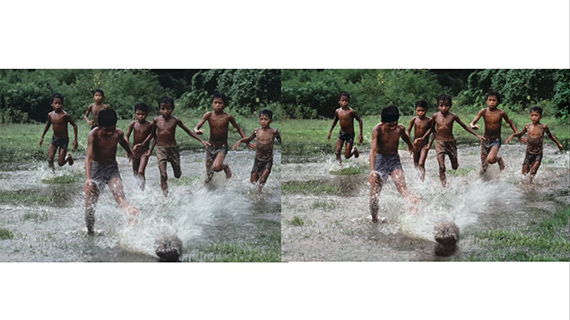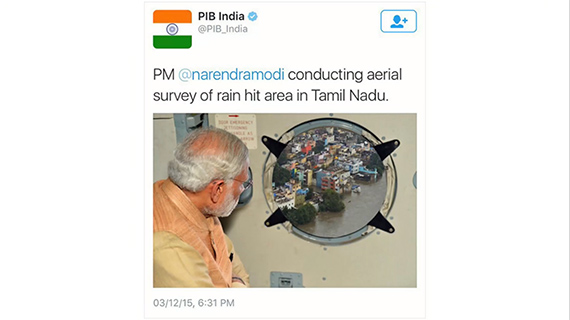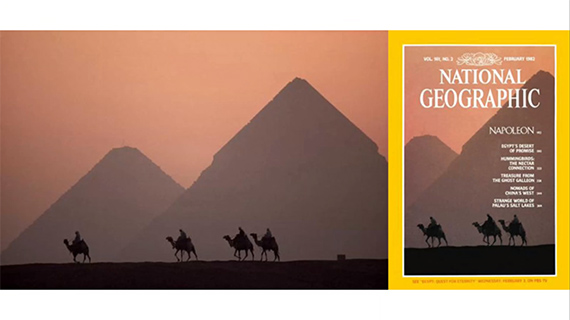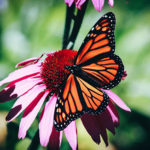Both Photoshop and Lightroom (and any other photo editing software, for that matter) are incredible tools in the hands of photo editors. They help us to clean errors and adjust minor imperfections and in general produce a better image than the one that was captured in camera. But as with all technology, there is a flipside. Software has the ability to produce images that are far from the truth. Tony and Chelsea Northrup wonder how much editing is too much:
The Northrups evaluate different scenarios where a photo has been edited. Some of these edits are superficial corrections of minor imperfections which ultimately result in a better photo. Others have fundamentally altered the composition.
Some of these image have been shot by world famous photographers, works of whom have inspired countless other photographers over the years. On the other hand, there are other images shot by unknown photographers that have been edited by someone to create bizarre images which definitely smell like bad Photoshop jobs.
There are instances when people use different editing techniques to blend exposures or to alter the dynamic range of their photos. This is often the case with astrophotography or HDR imagery. Should that also be considered as fundamentally altering the nature of a photo? And if someone is arguing that purists don’t edit their photos, the great Ansel Adams, widely considered to be the greatest landscape photographer of all time, regularly edited his photos in the darkroom.
And finally, what about the use of different gear, such as a polarizing filters and ND filters? They also change the way a photo is captured, which is not the way the human eye sees a scene. Should that be considered cheating, too?
What do you think about photo editing and the general technique of post-processing? How much is too much?
Like This Article?
Don't Miss The Next One!
Join over 100,000 photographers of all experience levels who receive our free photography tips and articles to stay current:









If the photograph is to be art, do what you want. If it is to be photojournalism, it better be true to life. If you represent a photograph as actual true to life events/situation, you had better not have edited or created any of the content.
With all the software available to create whatever the photographer originally envisioned when taking the shot, the truth is that photography is now an art form. It stacks up well against the great masters of the past, the Van Goghs and the Renoirs. You either like the art or you don’t. Same thing, different medium.
I believe it depends on what you want to do with the photograph. Images can range from detailed representations on one end of the scale to extreme, fanciful art on the other. I have no problem working in post-production to achieve a beautiful image. The camera is the beginning of the process; the print is the end. I worked for many years in the darkroom dodging and burning prints. I’m grateful for the digital world where I am not breathing in toxic chemicals and can do so much more than I could in the darkroom. I think Ansel and the other pioneers in photography would embrace the new technology.
Edit a photo or not boils down to this: A photo starts off life like a blank canvas with an outline. The artist adds to that canvas, a stroke here, a color there or a line there. The artist produces something that wow’s people. What imagination, what skill. A photo starts off life like a blank canvas with an outline. The photographer adds to this image, a stroke here, a color there or a line there. The photographer produces something that wow’s people. What imagination, what skill.
Turning a photo into a very true to life image or the photographer’s idea of what his image should be, is no different.
It is easy to press a button or dip a brush into the paint but it takes an artist to produce a stunning painting or a stunning photographic image.
Photography is art. End of…